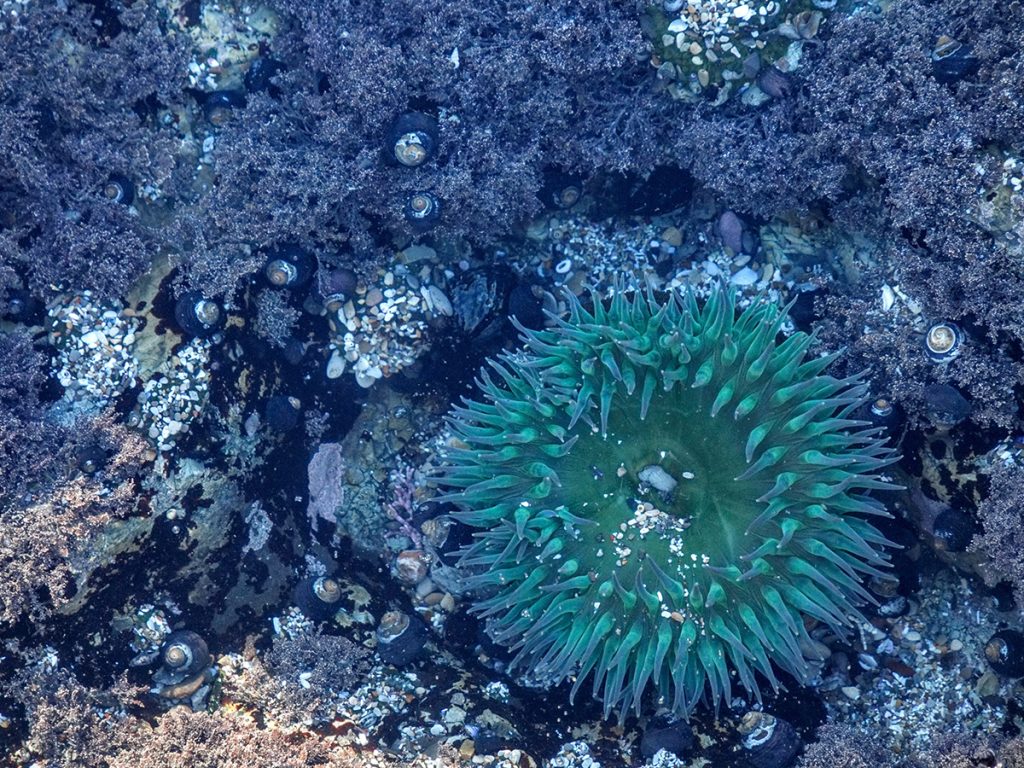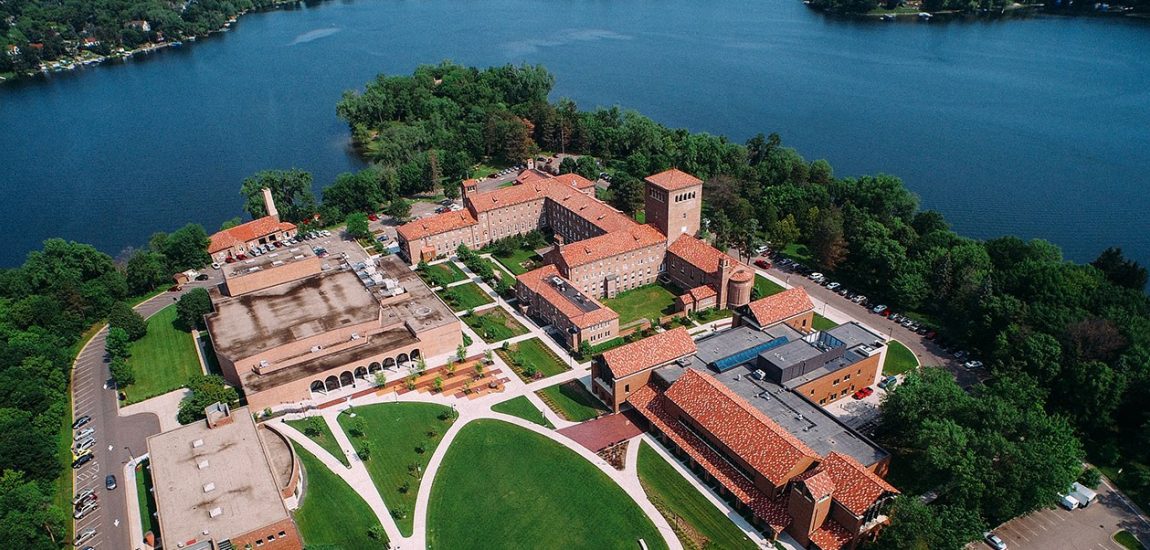The day was warm and moist as I stood at the edge of the sea with eleven college students. As a biologist and professor at the University of Northwestern, a Christian liberal arts institution, I have the elect privilege of teaching students about the biological world through the lens of the Christian faith. That day in wading boots in the intertidal zone, we studied the rigors of the marine environment, marveling at the diversity and beauty of the species we discovered. In our biological studies, we saw a deep and beautiful spiritual principle emerge: the bright blue sea stars, orange sponges, spotted limpets, striped snails, and spiky sea urchins co-existed in peace with one another, camouflaging against predators, occupying a very special and important purpose in the mini “kingdom” of their ecological niche. Not only did the scientific study of each organism’s anatomy, physiology, behavior, and ecology stimulate the expanse of our intellect, but the vast array of colors, textures, sizes and shapes of the animals captured our spirits as we snapped pictures with our cell phones. We found ourselves caught up in a moment of worship as we were deeply moved by the creativity of the Creator.
“We wish we could show this to the people at our church. They would truly believe in the magnificence of God.”
We commented on how this community of sea creatures was so very similar to the Body of Christ, each one with a unique function as Paul outlines in 1 Corinthians 12:12-27. We saw a spiritual principle reflected in the natural world, and it became a deeply meaningful moment in my students’ journey of faith. Several of my students commented, “We wish we could show this to the people at our church. They would truly believe in the magnificence of God.” As associate pastor at People’s Congregational Church in Bayport, Minnesota, my pastor’s heart was moved to share this with my congregation. And I did.
Biology to Theology
I have discovered through a theistic exploration of biology that new dimensions of faith in my congregation or my classroom take place when turning our focus to the Creator God who is there, Jehova Shammah, powerful, all loving and filled with grace and beauty. One way to do this is by being “tuned in” to the messages embedded within the creation, and the deep spirituality that can draw us in by engaging with nature. The Apostle Paul instructs us in Romans 1:20 “For since the creation of the world God’s invisible qualities–his eternal power and divine nature–have been clearly seen, being understood from what has been made, so that people are without excuse.”
This scripture holds great meaning for our lives of faith. God’s qualities, God’s essence, God’s power are “clearly seen….from what has been made.” I wonder: could Christians be drawn into a more meaningful contemporary faith through a dynamic experience of the Divine in nature? Could that experience emerge out of the natural feelings people have when they are immersed in the creation, through spiritual engagement with a Christocentric theology of nature?
Hearing the Voice of Nature
I have always marveled that a beautiful sunset or a day by the sea refreshes the soul, often making one feel closer to God. Perhaps nature has something to say to us, something that in our contemporary practice of faith we have missed or forgotten. It was the psalmist who said in Psalm 19,
“The heavens declare the glory of God;
the skies proclaim the work of his hands.
Day after day they pour forth speech;
night after night they reveal knowledge.
They have no speech, they use no words;
no sound is heard from them.
Yet their voice goes out into all the earth;
their words to the ends of the world.”
What are the heavens declaring? What are the skies pouring forth? According to scripture, as well as our personal experiences in nature, they are telling us of the knowledge of the Creator, the communication of a God who loves us and who is calling out to us. God has something to say to us.
Thus, the task of the “New Natural Theology” becomes the discovery of a new species of knowing. This new species of knowing, one that incorporates knowledge and care of the natural world with a desire to experience the Divine, will entrance a meaningful, contemporary faith; one that enhances the natural feelings people have when they are immersed in the creation. Alister McGrath, Professor of Science and Religion at Oxford University puts it this way in his book, A Fine-Tuned Universe:
“Might nature be studded with emblazoned clues to its meanings, and human minds shaped so that these might be identified, and their significance grasped? Nature is here understood to have the capacity to represent and to speak….it might be “instressed” with the signs and symbols that point to its wise meaning.
Thus, in light of McGrath’s assertion, how exciting it is to tune in to discover the revelations embedded in the natural world that the Creator put there in order to lead us into a deeper union with Himself, an experience of the full Trinitarian essence, in the revelation of Christ.

